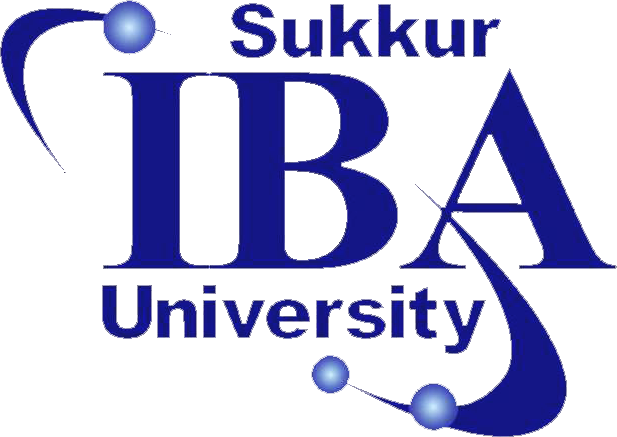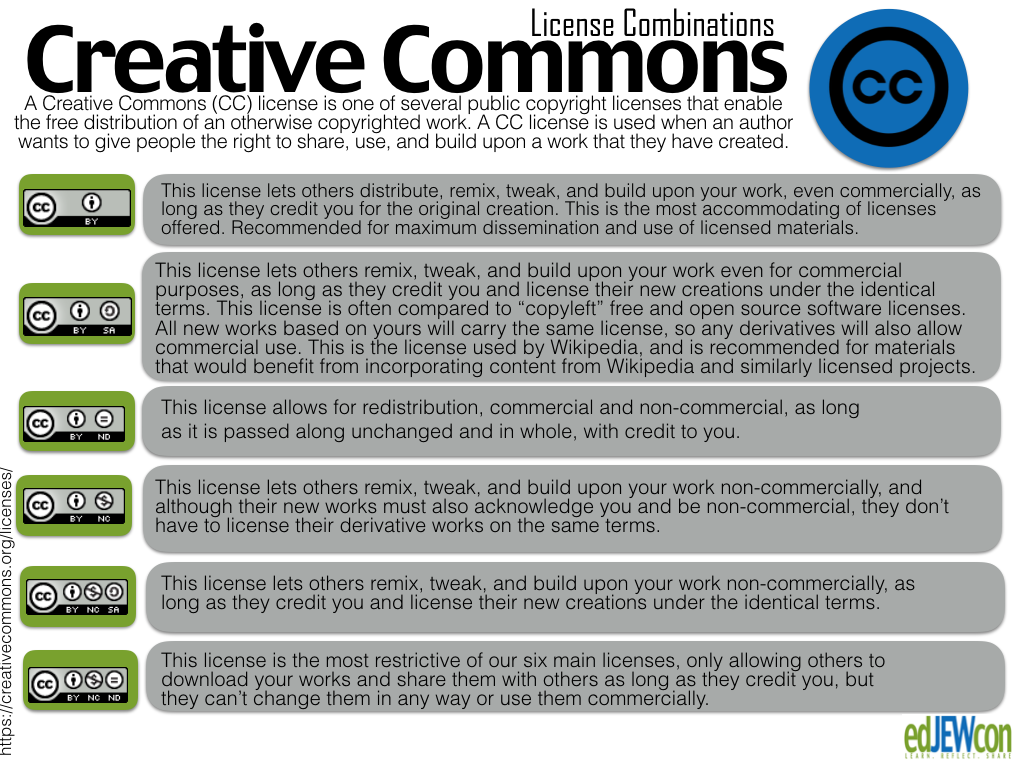 Contact
Final Project
Assignments
My Lab
About Me
Contact
Final Project
Assignments
My Lab
About Me


My final project is purely based on the usage of some useful electronic components like stepper motor, servo motor, LCD dispay, microcontroller board, soem push buttons and a cutter. All of these components are easily found in the lab, and by employing them to make a wire cutter will make such a useful project. I am focusing on using this project in my Fab lab (Fab Lab Khairpur) , and obviously we have so many electrical engineering labs in our university which can benefit from this project. So, my future plans for this project are simple, I will be making these wire cutters for different labs. The other thing that's in my mind is to enhance the accuracy and increase the speed of the job. Moreover, I also intend to control the setup of wirecutter from a remote place by any wireless mechanism like bluetooth, ESP, or a Webserver.
During my undergraduate degree I read about licenses in Engineering Entrepreneurship course, it was really an intresting course for me as an Engineer. Durng the lecture PRof. Niel also discussed in a great detail about the importance of a product at commercial way,what sort of licences we can file for, what are patents and why they are important, how much we can allow the reuse of the designs, softwares, etc and how we can protect our original work with the copyrights. I read more about this from Inventions, Patents, and Licensing I read about some licenses given in thi list and the two I liked are discussed below:
Things to be considered while aplying for an open-source license:
MIT License is a short and permissive license . It is a very popular license for its allowance to people to change your code or program but keeping attribution to you and by not holding you liable for anything. MIT License belongs to Massachusetts Institute of Technology (MIT). Read more about MIT license HERE!

the only requirement an MIT license places on its recipients is that they keep my copyright notice intact when they repurpose, redistribute, or otherwise reuse my code.
Copyright -YEAR- -COPYRIGHT HOLDER-
Permission is hereby granted, free of charge, to any person obtaining a copy of this software and associated documentation files (the "Software"), to deal in the Software without restriction, including without limitation the rights to use, copy, modify, merge, publish, distribute, sublicense, and/or sell copies of the Software, and to permit persons to whom the Software is furnished to do so, subject to the following conditions:
Note: The text is taken from The MIT License
The main agenda of Creative Commons is to , "Share, Collaborate, Remix, Reuse" It is one of the most popular open source and free licenses.I read the deatils from their Ofiicial webiste and wikipeida I read more about its terms of use and other usage rules from the Wikipedia. The Creative Commons allows the author to give others the right to share, us and build on the work create by the author.There are several types of creative commons licenses based upon the the conditions and terms of distribution. The Frequently Asked Questions furhter clears all the confusions.

